Neuroanatomists
Neuroanatomists study the structure of the nervous system with remarkable precision, mapping its intricate organization from the cellular to the systems level. They chart the layout of brain regions, spinal pathways, cranial nerves, and neural circuits, creating foundational blueprints for understanding brain function. Neuroanatomists often use histology, 3D imaging, and tract-tracing techniques to visualize connections between structures involved in sensation, movement, and cognition.
Their detailed anatomical knowledge is crucial for neurosurgery, neuroradiology, and neurodevelopmental research. Neuroanatomists also contribute to identifying structural abnormalities linked to epilepsy, tumors, or neurodegenerative disease. Their work supports the interpretation of imaging results and surgical planning in delicate regions like the brainstem or hippocampus. Neuroanatomists provide essential educational tools, from atlases to virtual models, used in medical training worldwide. As neuroimaging grows more advanced, they help refine our understanding of brain architecture and connectivity. Their research continues to evolve, integrating molecular markers and developmental timelines to explain how structure influences function over the lifespan.
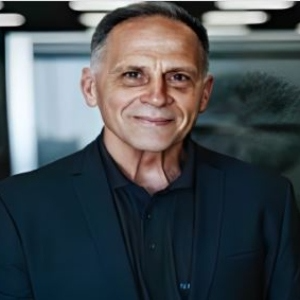
Ken Ware
NeuroPhysics Therapy Institute, Australia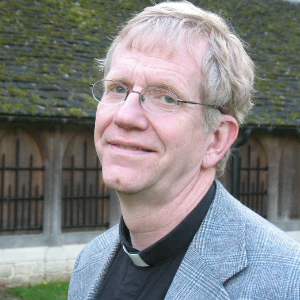
Robert B Slocum
University of Kentucky HealthCare, United States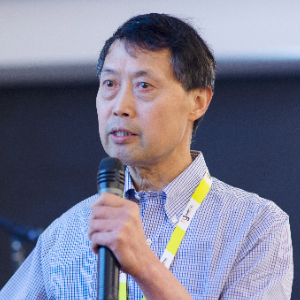
Yong Xiao Wang
Albany Medical College, United States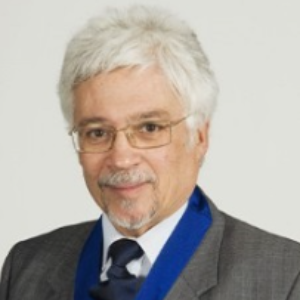
W S El Masri
Keele University, United Kingdom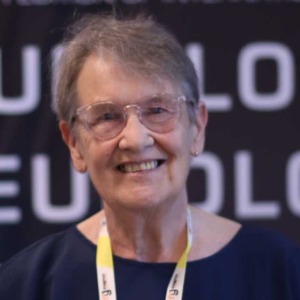
Jaqueline Tuppen
COGS Club, United Kingdom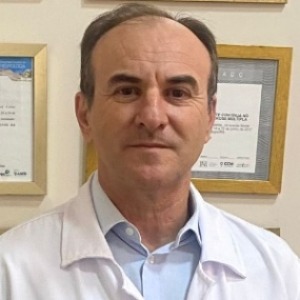
Milton Cesar Rodrigues Medeiros
Hospital Santa Casa de Arapongas, Brazil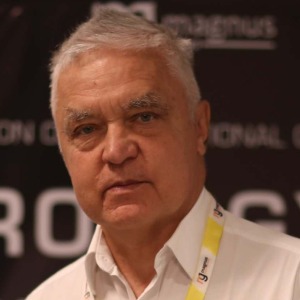




Title : Perception and individuality in patient cases identifying the ongoing evolution of Myalgic Encephalomyelitis/Chronic Fatigue Syndrome (ME/CFS)
Ken Ware, NeuroPhysics Therapy Institute, Australia
Title : Narrative medicine: A communication therapy for the communication disorder of Functional Seizures (FS) [also known as Psychogenic Non-Epileptic Seizures (PNES)]
Robert B Slocum, University of Kentucky HealthCare, United States
Title : Rabies: Challenges in taming the beast
Alan C Jackson, University of Calgary, Canada
Title : Neuro sensorium
Luiz Moutinho, University of Suffolk, United Kingdom
Title : Traumatic Spinal Cord Injuries (tSCI) - Are the radiologically based “advances” in the management of the injured spine evidence-based?
W S El Masri, Keele University, United Kingdom
Title : Personalized and Precision Medicine (PPM), as a unique healthcare model through biodesign-driven biotech and biopharma, translational applications, and neurology-related biomarketing to secure human healthcare and biosafety
Sergey Victorovich Suchkov, N.D. Zelinskii Institute for Organic Chemistry of the Russian Academy of Sciences, Russian Federation